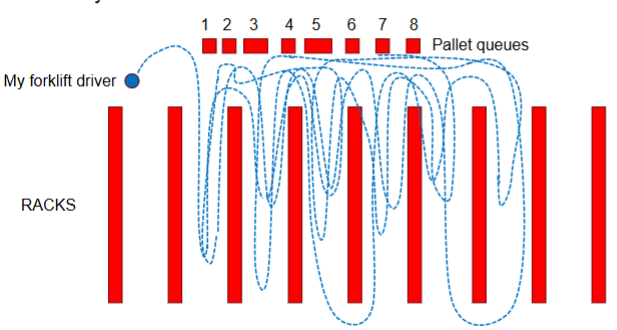Lecture 13_Six Sigma (DMAIC Define)
1/7
There's no tags or description
Looks like no tags are added yet.
Name | Mastery | Learn | Test | Matching | Spaced |
|---|
No study sessions yet.
8 Terms
Which is the most difficult step in DMAIC?
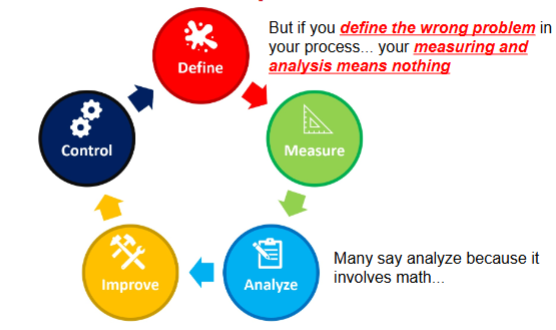
Defining the problem – Pareto Rule
• Defining does mean just calling out the problem
Wrong definition: People prefer Pepsi over Classic Coke..
Correct definition: People prefer Pepsi over Classic Coke
because of the sweeter taste.
You need to identify the root cause to define
the problem fully.
Pareto Rule: 80% of the problem comes from
one similar root cause (20% of all causes).

Tools to get to Root Cause – Checksheet
• Core problem: Surgical failure
• Make a checksheet:

Tools to get to Root Cause – FMEA
Failure Mode and Effects Analysis/ Problem: Long line at Drive-through
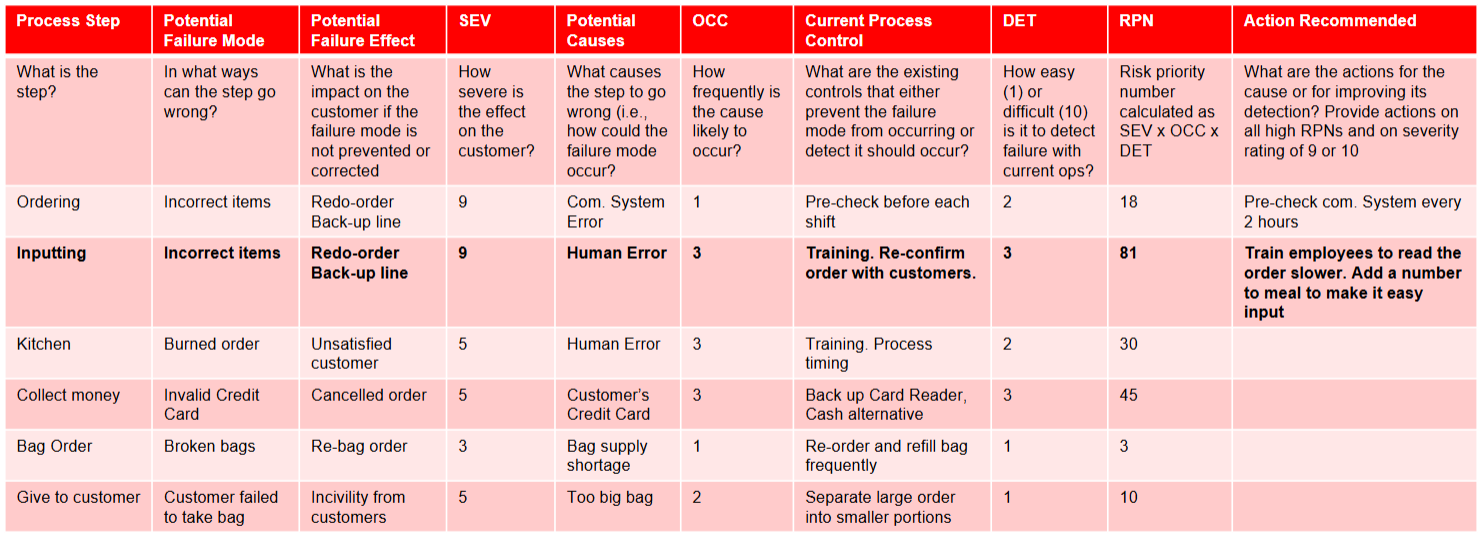
Tools to get to Root Cause – Fishbone Diagram
And more complex approaches to Root Cause
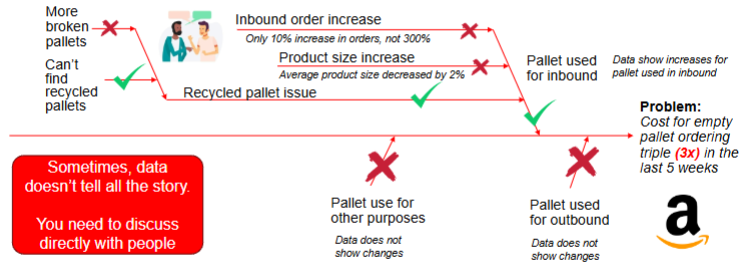
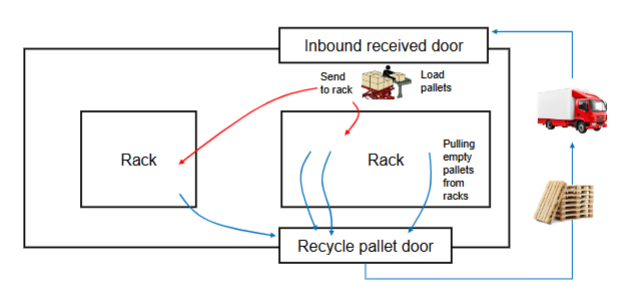

Tools to get to
Root Cause –
Spaghetti Map
• Every movement counts
• You can draw every detail
movement to identify
unnecessary movement and
identify the root cause of the
problem.
If the packer has to come to the materials cabinet too many times, it may slow
down the packing processes
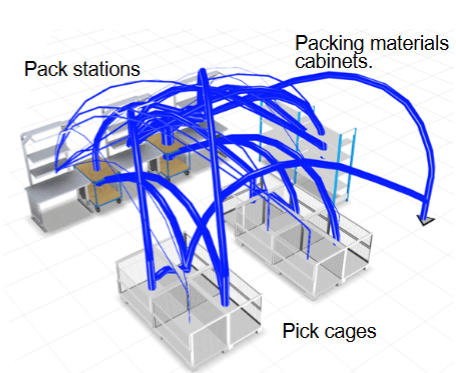
Tools to get to Root
Cause – Spaghetti Map
Pallet stow time takes too long...
Descriptions of the process:
• Product inbounded →
Palletized
• Shipped to stow queue (put
away)
• Stower put away the pallet in
the closest empty space they
see.
If you look at these
racks, it is difficult and
unsafe to drive a
forklift and look for
empty space at the
same time
So... Amazon HQ
came up with DPS
(Directed Pallet Stow)
The stower can scan
the pallet, and the
scanner assigns them
to an empty bin...
IT DIDN’T WORK...
Tools to get to Root Cause – Spaghetti Map
Why didn’t DPS Hi-tech solution work?
Notes:
• M-shaped pattern looking
for empty bins
• Pallets 3 and 5 were
skipped because they are
overhanged pallets –
Floor level only.
Discuss with stowers:
• Pallet heights can’t fit
middle-level spaces
• Level-2 spaces need to
be heavier pallets for rack
stability (You don’t want
the rack to fall on people)
